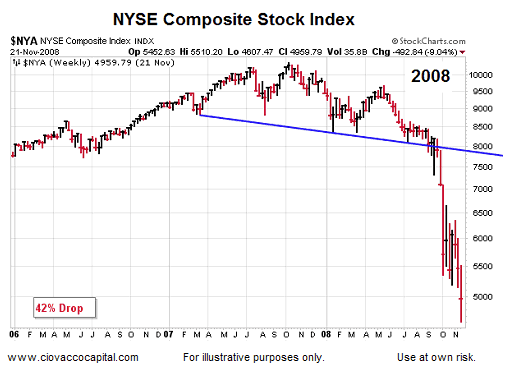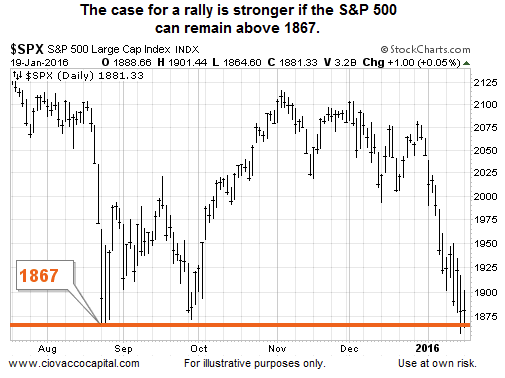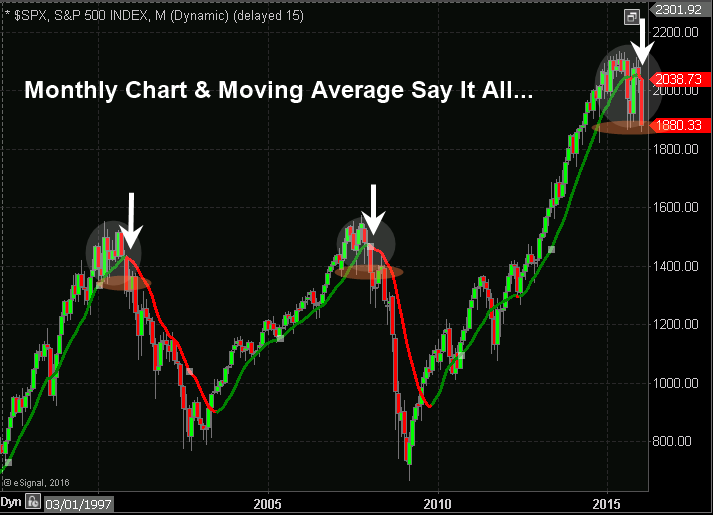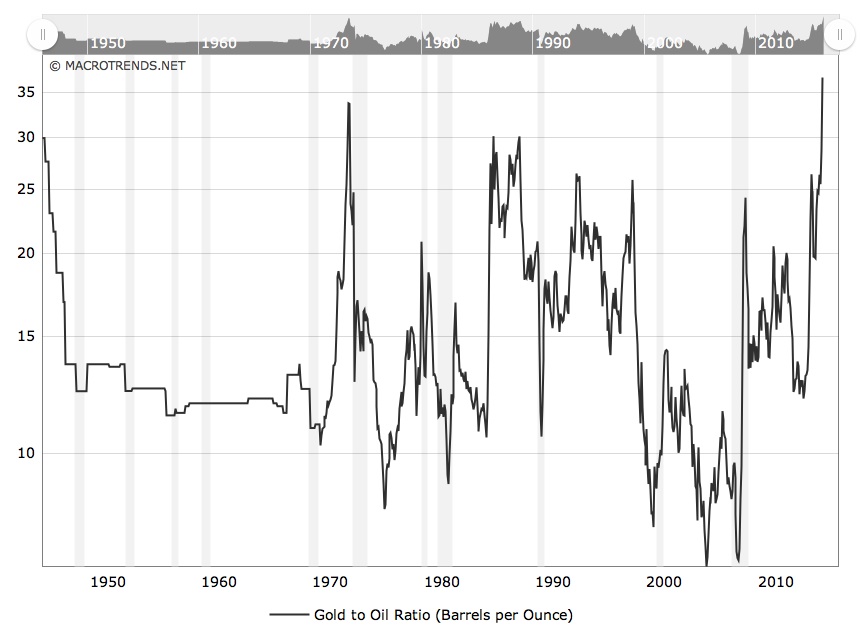Stocks & Equities


In This Week’s Issue:
– Stockscores’ Market Minutes Video – How to Profit from Market Corrections
– Stockscores Trader Training – Trade to Win
– Stock Features of the Week – Sit on Hands
Stockscores Market Minutes Video – How to Profit from Market Corrections
Market corrections present huge opportunities for profit, both in the volatility as the market goes down but also in the inevitable bounce back that occurs after they have their course. This week, Tyler discusses some of the vehicles he uses to trade corrections.Click Here to Watch To get instant updates when I upload a new video, subscribe to the Stockscores Youtube Channel.
Trader Training – Trade to Win
Do you invest to win or to avoid losing? The latter has been infamous in great sporting breakdowns. Teams from any sport who played to defend their lead and avoid losing have so often given back their margin of victory, granting them membership status to the Chokers Hall of Fame, that hallowed institution of which Greg Norman is President.
Their emotional attachment to money puts many traders on the defensive, casting their trading decisions to avoid losses. If visualization lends to the achievement of results, then this negative form of myopia certainly leads to long term failure.
Are you afraid of losing money in the market? Do you find yourself making decisions to exit a stock on a minor pull back because you are worried you will watch the profit evaporate? Do you delay entering a position until the market has moved up significantly so that your entry decision is proven correct?
If so, you are normal. Unfortunately, being normal is a sure way to be a loser in the stock market.
Here are some ways to combat fear and put a focus on making money instead of avoiding losses:
1. Have a plan – writing down your rules for entry and exit gives you something to check your emotional decision making against. Without a written plan you have nothing to guide you through dangerous emotional moments.
2. Don’t take too much risk – the more risk you take on a trade, the more you will feel fear. If you risk less money than you are willing to lose you will make better decisions.
3. Don’t judge your success one trade at a time – in trading, you can be better than your last trade. Losing money is part of trading so judge your performance over at least 10 trades.
4. Plan your losses – before you enter the trade, plan the point that you will exit at a loss. If the stock gets there, take the loss and move on.
5. Trade quality – make sure that you trade stocks that fit the criteria of a proven strategy. If you don’t believe in what you are doing you will go on the defensive and be a loser even before you enter a trade.
6. Think like a winner – be positive, aspire to be great and don’t accept anything less than beating the market. It is you against every other trader, destroy your competition.
7. Trade your plan – when you have a few losses in a row it is easy to start breaking rules and try to trade your way out of pain. When this happens, go back to your plan or stop trading until the emotion subsides.
The current market is one best avoided unless you are a short term, active trader able to watch the market closely through the day. For the active trader, this is a great market because there is lots of price volatility and emotion. For any other trading style, the whipsaws up and down are hard to trade and can lead to losses that come with the uncertainty.
Watch the Oil market closely as it is the most important factor driving the overall market right now. If Oil can break its downward trend there should be a quick rally back, even if it is only short lived.
- Get the Stockscore on any of over 20,000 North American stocks.
- Background on the theories used by Stockscores.
- Strategies that can help you find new opportunities.
- Scan the market using extensive filter criteria.
- Build a portfolio of stocks and view a slide show of their charts.
- See which sectors are leading the market, and their components.
Disclaimer
This is not an investment advisory, and should not be used to make investment decisions. Information in Stockscores Perspectives is often opinionated and should be considered for information purposes only. No stock exchange anywhere has approved or disapproved of the information contained herein. There is no express or implied solicitation to buy or sell securities. The writers and editors of Perspectives may have positions in the stocks discussed above and may trade in the stocks mentioned. Don’t consider buying or selling any stock without conducting your own due diligence.

S&P 500: The Glass Half Empty
The S&P 500 has already violated the blue trendline below and retested the line below the orange arrow. If the bulls can mount a rally this week, 1925 can be used as a short-term guidepost.

CEOs: Becoming More Pessimistic
A survey of CEOs aligns with the stock market’s recent weakness. From Bloomberg:
Chief executive officers have turned pessimistic on global economic growth, according to a new survey by PricewaterhouseCoopers LLC.
Released on the eve of the World Economic Forum’s annual meeting in Davos, Switzerland, the poll of 1,409 CEOs from 83 nations found 27 percent expect the economic outlook to improve this year, a fall from 37 percent last year. Twenty-three percent said it will worsen, up from 17 percent in 2015.
NYSE: The Bigger Picture
From a risk-reward perspective, the present day weekly NYSE Composite Stock Index’s chart has some of the same concerning elements found in September 2008. This week’s stock market video compares the chart below to the 2016 version.

S&P 500: The Glass Half Full
If we examine the 2016 S&P 500 daily chart using high, low, and closing prices, the bulls still have reason to hope. The lowest intraday low made in August 2015 was 1867. The S&P 500, thus far, has been able to remain above 1867 on a closing basis. Monday’s close was 1881. The odds of bad things happening increase if 1867 is taken out on a closing basis.


We’ve only really been in two weeks of trading in the new year, things are looking pretty bad to say the least, so predictably the press are asking -and often answering- questions about when the slump will be over. Rebound, recovery, the usual terminology. When will we get back to growth?
For me personally, but that’s just me, that last question sounds a bit more stupid every single time I hear and read it. Just a bit, but there’s been a lot of those bits, more than I care to remember. Luckily, the answer is easy. The slump will not be over for a very long time, there will be no rebound or recovery, and please stop talking about a return to growth unless you can explain what you want to grow into.….continue reading HERE


Since mid-2014, the US stock market has been showing signs of the underlying market weakening. During the last quarter of 2015, the stock market had its first major bout of distribution selling, which confirmed our analysis that the bull market is nearly over.
If you have been following my articles for a while, then you may be tired of my warnings of the bear market, which is on the verge of starting. In fact, the TSX Toronto stock exchange, US Transportation index and the Russell 2000 small-cap index have all been in bull blown bear markets for six months already.
What should an investor do?
….continue reading more analysis and more charts HERE



With the Dow tumbling more than 500 points, the global stock market rout continues as panic begins to engulf the world.
And there goes the Gold/Oil ratio as it hits another 70-year high!

The Gold/Oil ratio had already taken out the high from July of 1973 (33.69), and today it is now trading at 36. Again, people will see gold float across the ticker at roughly $1,100 and think it’s weak but it’s actually trading quite strong vs key commodities such as oil.













